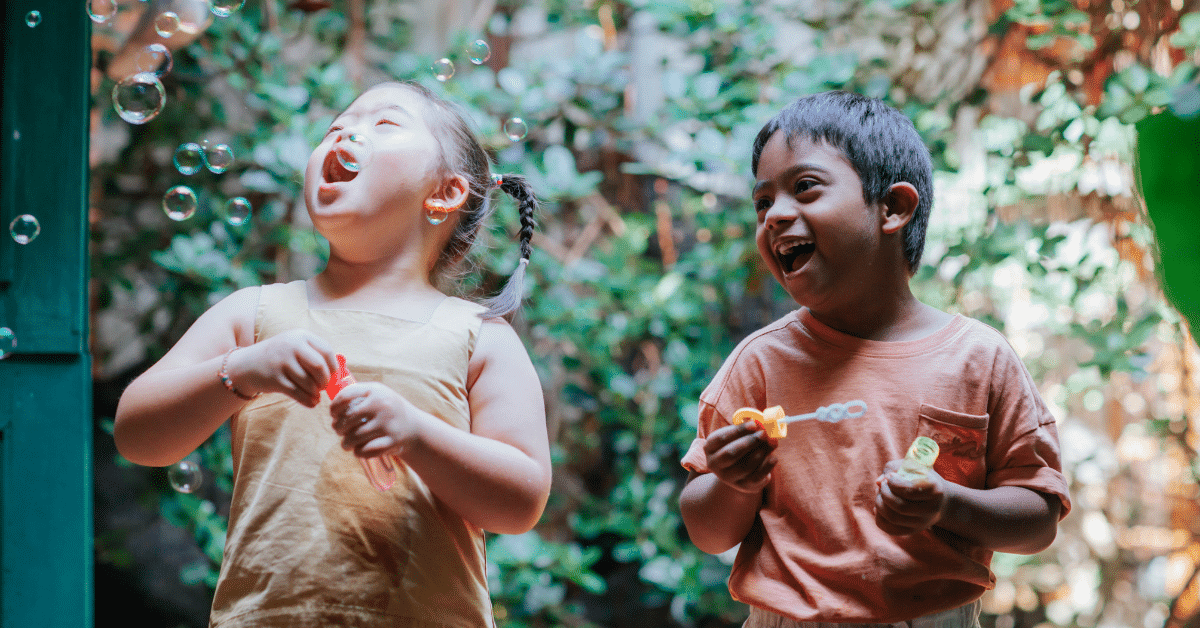Diversity as a concept is experiencing a rough ride in the politics-and-culture sphere these days, but in the realm of neuroscience it’s off to a smooth start. Neurodiversity is a term that’s gaining traction in the field, for good reason. At its core, it’s a celebration of the many ways human brains can function and process information. Just as biodiversity helps ecosystems thrive, neurodiversity reflects the rich variation in human minds, each with its own strengths and challenges. Understanding the neurodivergent spectrum is not just a matter of knowledge; it’s a pathway to empathy, inclusion, and more-effective support.
In this guide, we’ll explore what the term means, highlight common neurodivergent conditions, debunk myths, and offer tips for fostering inclusivity in everyday life.
1. What Is Neurodiversity?
The term was first coined in the late 1990s by sociologist Judy Singer. It refers to the concept that neurological differences—like autism, ADHD, and dyslexia—are natural variations of the human brain, not disorders that need to be “fixed.” At the heart of neurodiversity is the belief that no one way of thinking, learning, or behaving is inherently superior. Just as we accept diversity in gender, culture, and language, neurodiversity encourages us to value cognitive differences as part of the human experience.
2. Types of Neurodiversity
Neurodivergence is not a one-size-fits-all label. It includes a wide array of conditions, each with its own spectrum of traits and experiences:
- Autism Spectrum Disorder (ASD)
A developmental difference affecting social interaction, communication, and behavior. Autistic individuals may experience heightened sensory awareness or have unique routines and interests. - Attention-Deficit/Hyperactivity Disorder (ADHD)
Characterized by difficulty with attention, hyperactivity, and impulsiveness, many people with ADHD also display exceptional creativity and problem-solving skills. - Dyslexia
A learning difference that affects reading and language processing, individuals with dyslexia often excel in visual thinking and storytelling. - Dyspraxia
Also known as Developmental Coordination Disorder, dyspraxia affects motor coordination and planning, often alongside challenges with organization or memory. - Tourette Syndrome
A condition involving involuntary movements and vocalizations called “tics,” Tourette Syndrome can co-occur with ADHD or Obsessive Compulsive Disorder. - Obsessive-Compulsive Disorder (OCD)
OCD is characterized by recurring, intrusive thoughts and repetitive behaviors. It’s often misunderstood and can mask underlying anxiety or emotional intensity.
There are many types of neurodiversity, the above being just a small sample. Remember that within each condition there lies a vast range of experiences. Two individuals with the same diagnosis may have vastly different needs, strengths, and challenges.
3. Misconceptions and Myths
Despite growing awareness, many myths persist about neurodivergent individuals:
Myth: Neurodivergent means less intelligent or unstable.
Reality: Intelligence comes in many forms, and neurodivergence does not equate to intellectual or emotional deficiency.
Myth: High-functioning and low-functioning labels are useful and accurate shortcuts.
Reality: These labels can be misleading and dismissive, often ignoring the context in which someone thrives or struggles, reducing a person to how well they appear to fit in.
4. Strengths of Neurodivergent Minds
While much of the conversation around neurodivergence focuses on challenges, it’s essential to recognize the strengths that often come with these differences, including:
- Innovative problem-solving
- Exceptional focus on areas of interest
- Keen pattern recognition
- Creative expression and abstract thinking
History is full of neurodivergent thinkers who helped shape the world at every level. Albert Einstein is believed to have had traits of both dyslexia and autism. Temple Grandin’s autistic insights revolutionized animal-behavior science. Tom Cruise, whose dyslexia is well documented, has produced films that have changed the entertainment landscape. These are just some examples that show the value of neurodivergent minds, and the world-changing importance of being open to their many possible contributions.
5. How to Be More Inclusive
Supporting neurodivergency doesn’t require grand gestures. As with so much in life, small but consistent changes in how we communicate and engage can make a big difference.
- Listen without judgment
Give space for people to express themselves in their own time and in their own way. - Practice patience
Avoid interrupting or rushing someone’s process. Put yourself in their shoes. - Be flexible
Understand that routines, sensory needs, and communication styles may differ. - Use clear and respectful language
Ask questions if you’re unsure. It’s okay not to know everything.
What is Neurodiversity? Neurodiversity is Nature
Nature is diverse. Of course, it is. Just look around. From the smallest plant and creature on the planet to the farthest reaches of the universe, no two things are alike. Recognizing neurodiversity for what it is, i.e., a part of nature, is a recognition of both reality and possibility—the potential for what a neurodivergent mind can bring to the table. All of this is a shift in perception that’s long overdue. By understanding and embracing neurological differences, we make room for a fuller expression of human potential at every level.Want to learn more about how to support neurodivergent individuals? Explore our resources at Associated Behavioral Health of Maryland, or contact us to speak with a specialist. Together, we can build a world that values—and benefits from—every mind.
